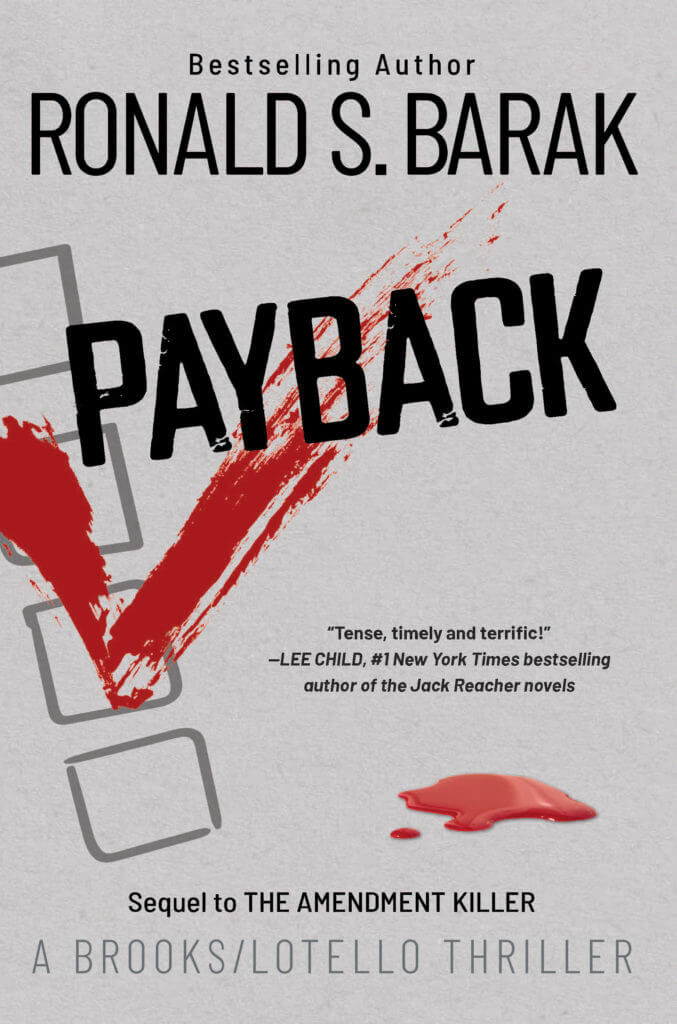 A few months ago, a good friend, who also happens to be a client, came to see me about a problem. Turns out he and his wife have an interesting way of handling their family finances. She spends; he pays.
A few months ago, a good friend, who also happens to be a client, came to see me about a problem. Turns out he and his wife have an interesting way of handling their family finances. She spends; he pays.
True story. With a slight degree of embellishment.
For example, every week she makes a run to the local supermarket to do the grocery shopping. Gets what she wants, mindlessly hands over her credit card at the checkout, and brings it all home. She cooks it, he eats it—and he reviews and pays the monthly credit card statement. He recently noticed that the supermarket charges on the statement were up about 20%. From a lot to a very lot.
“Hon,” he gently said, not wanting to put her on the defensive, “any reason why you’re spending so much more at the supermarket lately?”
“Why, are you asking me? How would I know? I go to the same store. I get the same food. I bring it home. I cook it. Now you want to question how much I’m spending? That’s the thanks I get? Why don’t you take over the shopping? Then you can figure out why we’re spending more on groceries.”
So much for trying not to put his wife on the defensive. He decided to try another route. The next morning, he called on the manager of the supermarket and put the question to him. Here’s what he learned.
A new supermarket had opened in the neighborhood. Under recent city regulations, new supermarkets are required to sell 15% of their goods to low income shoppers for substantially discounted prices—for less than the grocery market actually has to pay to buy those goods. In order to cover their losses, they raise the prices on the other 85% of their goods.
Our local supermarket manager then went on to say: “When the ownership of our supermarket saw what was going on, we of course raised our prices accordingly, on all of our goods. Why not? We were able to significantly increase our profit margin while still remaining competitive with all of the other supermarkets in the area, old and new, and even though we are grandfathered from the city regulations and do not have to sell 15% of our goods at discounted prices.”
True story? Fortunately, not. Yet. I felt the need to precede the real subject of this blog in a manner hopefully more easy to follow than the real one. Now that I have your undivided attention, please allow this wannabe legal writer and ardent government reformer and watchdog to tell you a similar story of fiscal, social and Constitutional mischief that really is true. And disturbing. And needs to be told.
In California, more than 170 local communities have adopted a rather controversial ordinance, commonly known as an “inclusionary housing zoning ordinance” (IHZO), that does exactly what my hypothetical supermarket regulation does—creating not one but two very real problems, one about viability and the other about fairness. By the way, to demonstrate the magnitude of the matter, IHZOs are by no means unique to California; they have been enacted in most every state around the country. There are thousands of IZHOs out there across our nation.
In 2010, San Jose adopted an IHZO. In every new housing development in San Jose consisting of 20 units or more, the developer must sell 15% of those units to qualified low income buyers at prices far below their true market value. If the developer fails to comply, he and his project are hit with a six figure penalty tax or surcharge. (Remind you of the tax imposed on you under Obamacare if you don’t buy health insurance? It is the same, just a lot steeper.)
The rationale of an IHZO is to provide more affordable housing “for all.”
Is it working? Nope. (I was going to say only if you’re blind, but that would have been politically incorrect, so I refrained from putting it that way.)
Many developers have stopped building in IZHO communities, thus exacerbating housing shortages. (Or, in the alternative, they divide up the project among more developers, each of whom then builds 19 or less IZHO exempt units. And, does it also not strike you as just a bit arbitrary and unbalanced that a 20-unit project is fully IHZO taxed but a 19-unit project is not taxed at all?) The laws of supply and demand then trump the law of IHZOs and the cost of all housing—old as well as new—goes up, not down, at least “for all” who are not certified low income families. And not just in the IZHO communities, but in the neighboring non-IZHO communities as well for the very same reason I point out above in the supermarkets illustration.
The price even goes up for the low income families too because the mandated discount pricing is computed on the resulting higher market “values” caused by the IZHO. And, it’s a double whammy for the low income families: Less new housing starts because of withdrawing developers and less affordable new housing starts because of the rising market “values.” (I put quotes around value because there is no value actually added to these homes—such as more rooms, more footage, or more amenities—just higher prices.)
So, what’s up with all these IZHOs? At first blush, the answer is naive and irresponsible lawmakers who pat themselves on the back for supposedly serving their low income constituents—pointing to the low income housing they are in fact creating, but without recognizing and acknowledging (i) that there are fewer low income families being helped than could—and should—be helped, (ii) that the price of “affordable” housing is being driven higher rather than lower, (iii) that IZHOs are in substance (morally), if not in fact (legally), a “governmental taking of property without just compensation,” in violation of the 5th Amendment of the U.S. Constitution soundly enacted by our Constitutional founders, and (iv) that this is just another example of highly questionable “political correctness” in today’s landscape, in this instance putting the priority on, and supposedly helping, low income families. (Or should we refer to them as “fiscally challenged” familes?)
There are two reasons why I brand our lawmakers naïve in this instance (among others in which I find them to be naïve, or worse). First, as pointed out above, IZHOs are just not economically sound. Second, there is a better (more viable and fairer) solution, one that does not violate our Constitutional law.
You know why my supermarket novella above is just fiction? Because the proper solution is not found in attempting—unfairly—to place the burden of providing food to the needy on the grocery community. Rather, the appropriate solution is food stamps (for those who genuinely qualify) because that distributes the burden where it should be distributed to protect the needy, on our taxpaying society as a whole.
There is no reason not to use the same approach to provide housing subsidies to the needy, some form of housing stamps. There is simply no more reason to put the cost of housing our poor solely on our real estate developers than there is to put the cost of feeding our poor on grocers.
So, what now? Well, a number of San Jose real estate developers sued San Jose to invalidate its IHZO. The California Supreme Court, apparently no more fiscally trained than our lawmakers—or the hypothetical grocery shopper above—sided with San Jose and upheld its IHZO. So, the developers have now appealed their case (petitioned for certiorari) to the U.S. Supreme Court (SCOTUS), which is scheduled to announce this month whether, in its Constitutional discretion, it will or will not hear the appeal (grant certiorari). (SCOTUS has time to hear only 2% of the cases appealed to it!) Given the thousands of IHZOs around the country, one can only hope that SCOTUS will decide to hear the appeal and, more astutely than the California Supreme Court, rule that the San Jose IHZO (and therefore all similar IHZOs in the U.S.) are both unsound and unconstitutional.
If so, our lawmakers will then be required to address low income housing in a more intelligent and compassionate manner, through housing stamps. If not, then it will be incumbent upon we the people to “instruct” both our lawmakers and our courts how to do their jobs. Otherwise, there may soon be a lot more of us having to apply for food stamps.
Join the discussion either by logging in just below or by signing into your favorite social media outlet. If you’re having trouble, please follow these instructions to guide you! Thanks!







